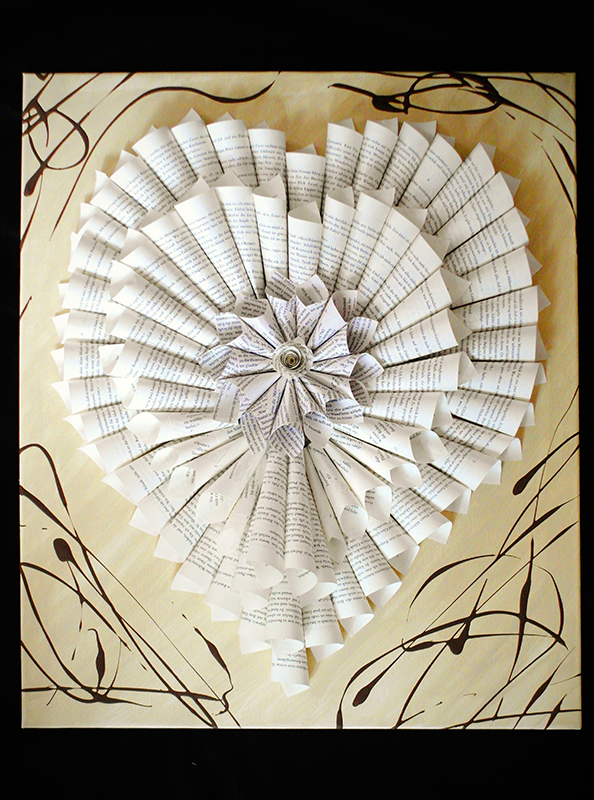Have you ever admired a thrifted tapestry or found object sculpture and wondered how the artist transformed something old into something extraordinary?
More and more creative people are taking discarded objects and materials that would otherwise end up in landfills and giving them new life through upcycling.
This sustainable art and design movement has taken off in recent years.
The trend of giving new life to old, used, or discarded items instead of tossing them has really taken hold.
But why is upcycling gaining so much momentum as an art and design movement?
The short answer is - it taps into our growing interest in sustainable practices and appreciation for unique, one-of-a-kind works.
It also enables anyone with an inspired eye and a bit of imagination to transform trash into treasure.
Whether it’s recycled plastic bottles turned into yarn for crochet projects or discarded record albums cut into geometric shapes for wall art installations, upcycled creations show how waste can become wonderful.
Upcyclers have proven that everyday “trash” holds untapped artistic potential just waiting to be unlocked.
This growing trend speaks to our collective desire to be kinder to the planet while allowing self-expression to thrive.
Curious about the rise of upcycling and how you can get in on the action?
Read on to discover the appeal of this eco-friendly art form and learn techniques for finding inspiration in unwanted items.
Let's flex your creative muscles--upcycling offers a fun and meaningful way to make your mark!
There’s a world of possibility waiting in the discarded, so grab your gloves, goggles and sense of adventure - it’s time to start upcycling!
Key Takeaways:
- Upcycling is gaining popularity due to its positive environmental impact, cost-effectiveness, and the unique value it adds to products.
- The fashion industry is a significant player in the upcycling movement, with upcycled clothing becoming a statement of both style and sustainability.
- Upcycling is not just a trend but a necessary shift towards a circular economy, essential for reducing waste and preserving resources for future generations.
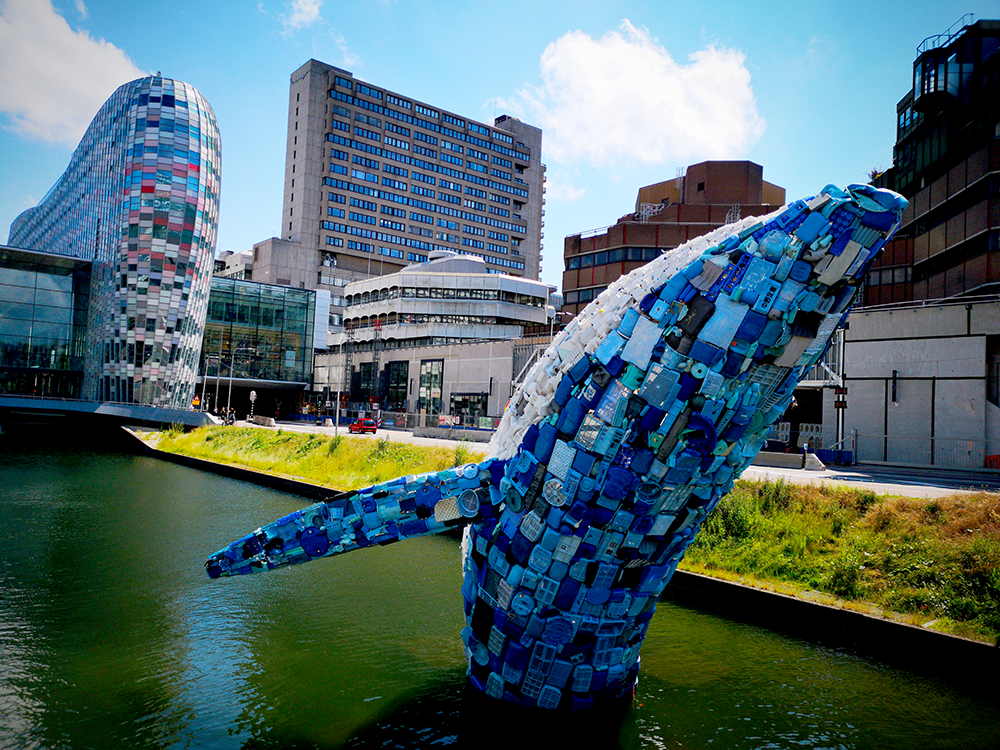
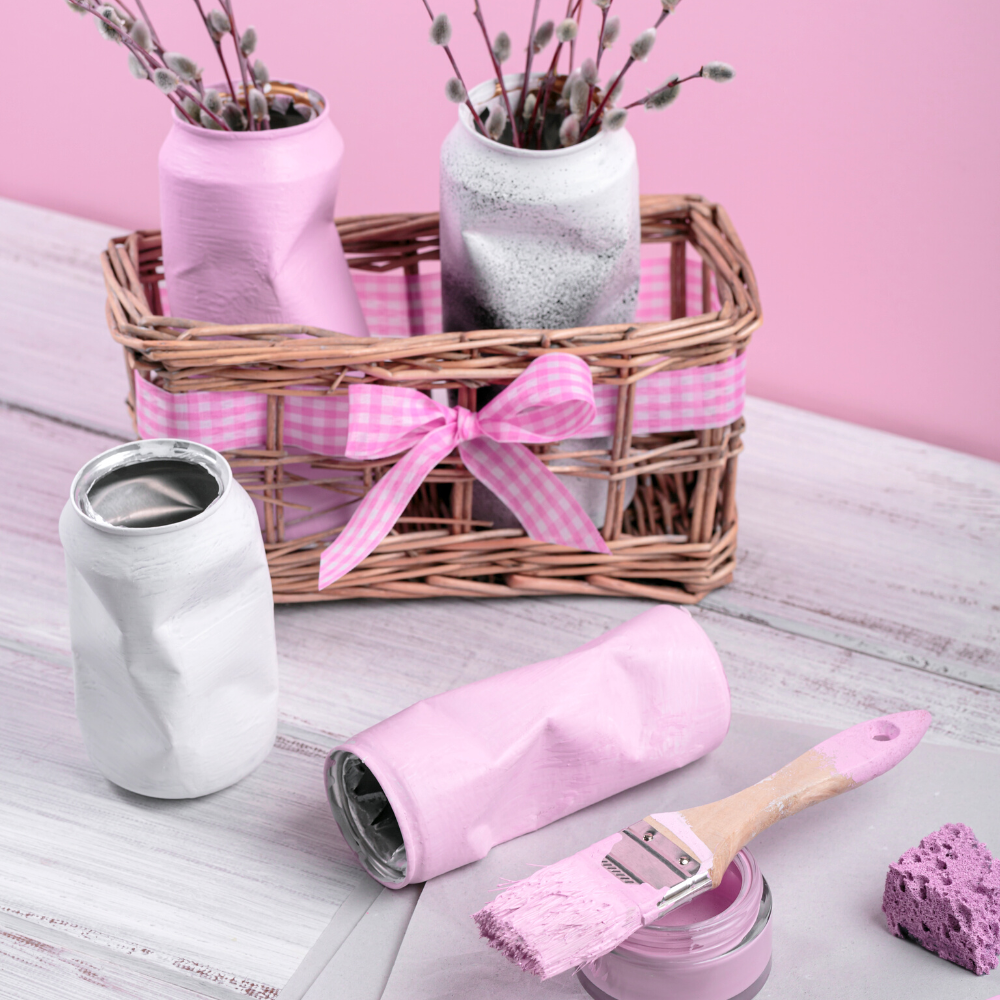

The Environmental Imperative
Upcycling is the process of transforming discarded materials into new and improved items.
Unlike recycling, which breaks down materials to their base components, upcycling reuses items in their original form, altering them into something even better.
Upcycling, the process of transforming waste materials or unwanted products into new materials or products of better quality and environmental value, is becoming an increasingly important practice in today's eco-conscious world.
The environmental crisis has prompted a global reevaluation of consumption habits, particularly in the context of climate change and resource depletion.
Upcycling has emerged as a practical solution to mitigate the impact of waste, especially in industries notorious for their environmental footprint, such as fashion and food.
By transforming old clothes and food waste into new pieces and food ingredients, upcycling helps reduce greenhouse gas emissions and water pollution, contributing to a more sustainable future.
The fashion industry, for example, is responsible for a significant portion of the world's textile waste.
Upcycling clothes not only diverts these textiles from landfills but also reduces the demand for raw materials and the energy-intensive manufacturing process associated with creating new clothes.
This shift not only addresses the issue of clothing waste but also promotes a circular fashion model that is essential for sustainability.
Economic Benefits and Job Creation
Upcycling is not just environmentally friendly; it's also economically advantageous.
By reusing materials, the cost of raw materials is significantly reduced, which can lower production costs and increase profit margins.
This cost-effectiveness is a big deal for both established brands and startups, as it allows for the creation of higher quality products at a lower price point.
Moreover, the upcycling movement is creating jobs in sectors such as design, retail, and waste management.
From upcycled fashion designers to employees at thrift stores, the industry supports a variety of roles that contribute to a better world.
The creativity involved in upcycling also opens up opportunities for entrepreneurs to develop unique upcycled collections, further stimulating economic growth and innovation.
The Rise of Conscious Consumerism
Consumers are increasingly aware of the impact their purchases have on the environment.
This shift towards conscious consumerism has led to a demand for products that are not only environmentally friendly but also socially responsible.
Upcycled products, which often come with stories of reducing waste and creating something new, appeal to consumers looking for one-of-a-kind items that make a statement about their values.
The popularity of upcycled clothing, for instance, reflects a growing rejection of fast fashion and its disposable culture.
Consumers are seeking out upcycled clothes that offer a unique, personal touch while also contributing to a circular economy.
This trend is not just limited to clothing; upcycled art, furniture, and even technology are finding their place in the market as consumers look for fun ways to support sustainability.

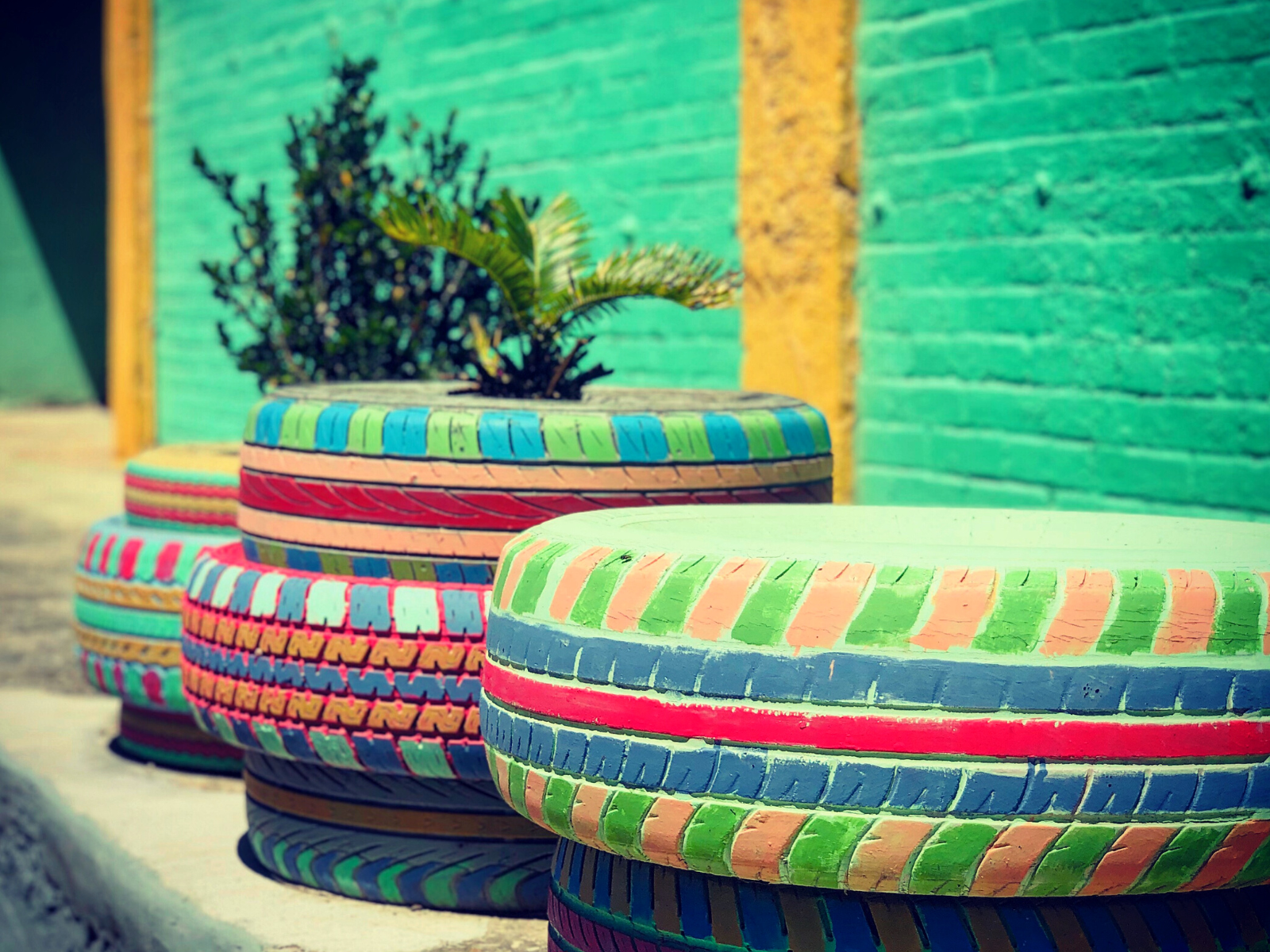
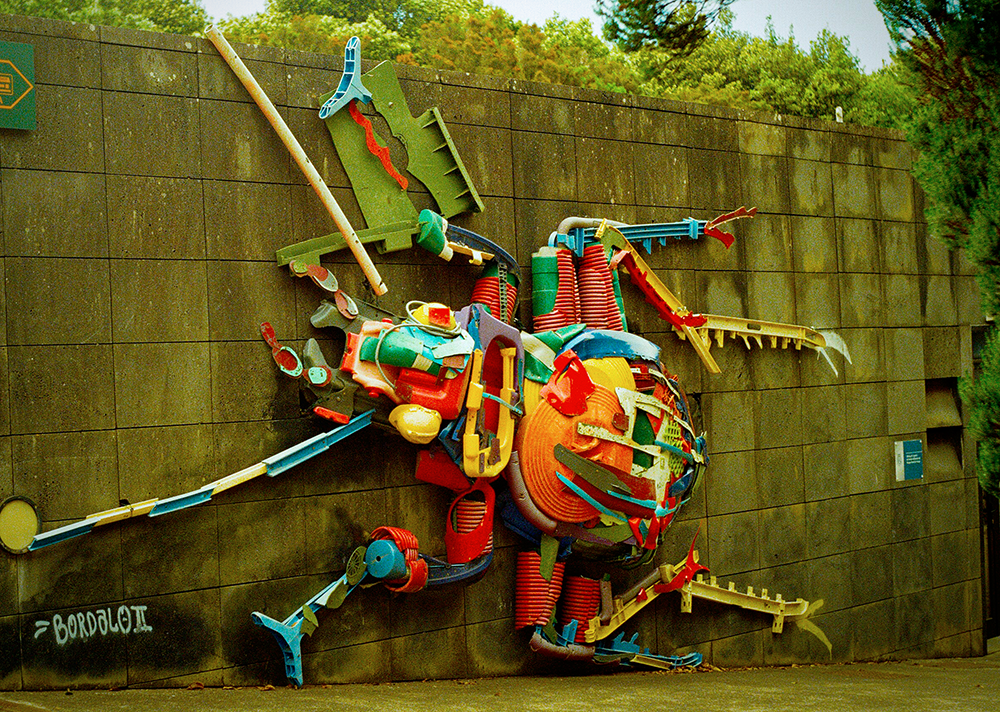
Upcycling Clothing: A New Concept in Fashion
The fashion industry is notorious for its significant carbon footprint, but upcycling clothing presents a new concept that's changing the narrative.
By taking old clothing and transforming it into one-of-a-kind pieces, designers are reducing waste and creating unique fashion statements.
This practice not only extends the life of garments but also challenges the conventional production cycle of fast fashion.
Upcycled collections are popping up across the globe, showcasing how old t-shirts and worn-out jeans can be reborn into trendy apparel.
Upcycling is not just a trend; it's a movement towards sustainable fashion.
The process involves creative thinking and skilled craftsmanship to give old clothing a second chance at style.
From turning scarves into crop tops to reimagining a pair of pants into a chic handbag, the possibilities are endless.
This approach not only minimizes the carbon footprint associated with clothing production but also offers consumers a chance to own unique pieces that stand out.
As more people become aware of the environmental impact of their wardrobe choices, upcycled clothing is becoming a sought-after alternative.
Upcycling Old T-Shirts into Trendy Home Décor
The trend of transforming old t-shirts into unique home décor items is a testament to the versatility of upcycling.
No longer confined to the wardrobe, these once-loved garments are finding a second life as one-of-a-kind household items.
Creative individuals are turning old t-shirts into everything from decorative pillows to intricate wall hangings.
This not only gives a personal touch to home interiors but also reduces the waste associated with discarding textiles.
Moreover, the process of upcycling old t-shirts does not require extensive crafting skills.
With simple cutting, braiding, or even knotting techniques, anyone can create a bespoke piece that adds character to their living space.
These DIY projects encourage people to look at their old clothes with a new perspective, recognizing the potential in what was once considered worn out or out of style.
The result is a sustainable approach to home décor that is as eco-friendly as it is aesthetically pleasing.
The Sentimental Value of Upcycled Wedding Gowns
Weddings are occasions where sentiment and sustainability can beautifully intersect, particularly through the concept of an upcycled wedding gown.
Brides looking for a one-of-a-kind dress are increasingly turning to upcycled options, where old gowns are transformed into modern masterpieces.
This not only gives a second life to a garment that typically has a single-use purpose but also creates a deeply personal connection to a family heirloom or a thrift store find.
The result is a wedding dress with a story, a piece that carries the history of its past and the promise of its future.
The process of creating an upcycled wedding gown often involves deconstructing the original dress and using its materials to craft a new, contemporary design.
This can mean anything from updating the silhouette to adding new embellishments or combining elements from multiple gowns.
The beauty of this approach lies in its respect for the past while embracing the present, resulting in a truly unique and eco-friendly wedding dress.
As couples become more environmentally conscious, the appeal of upcycled wedding gowns is likely to grow, offering a meaningful way to reduce the carbon footprint of their special day.
One-of-a-Kind Upcycled Products in Mainstream Retail
The retail landscape is witnessing a surge in the availability of one-of-a-kind upcycled products, catering to consumers who value uniqueness and sustainability.
These items, crafted from repurposed materials, stand out for their originality and eco-conscious appeal.
Retailers are collaborating with upcycling artists and small businesses to offer products that tell a story, from accessories made out of bicycle inner tubes to furniture fashioned from reclaimed wood.
This shift towards selling upcycled goods in mainstream retail outlets not only broadens the market for sustainable products but also educates the public about the importance of reducing waste.
It's a business model that resonates with the ethos of conscious consumerism, where every purchase supports environmental stewardship.
As more consumers seek out these one-of-a-kind items, retailers are responding by integrating upcycled goods into their product lines, signaling a significant shift in consumer habits and retail strategies.
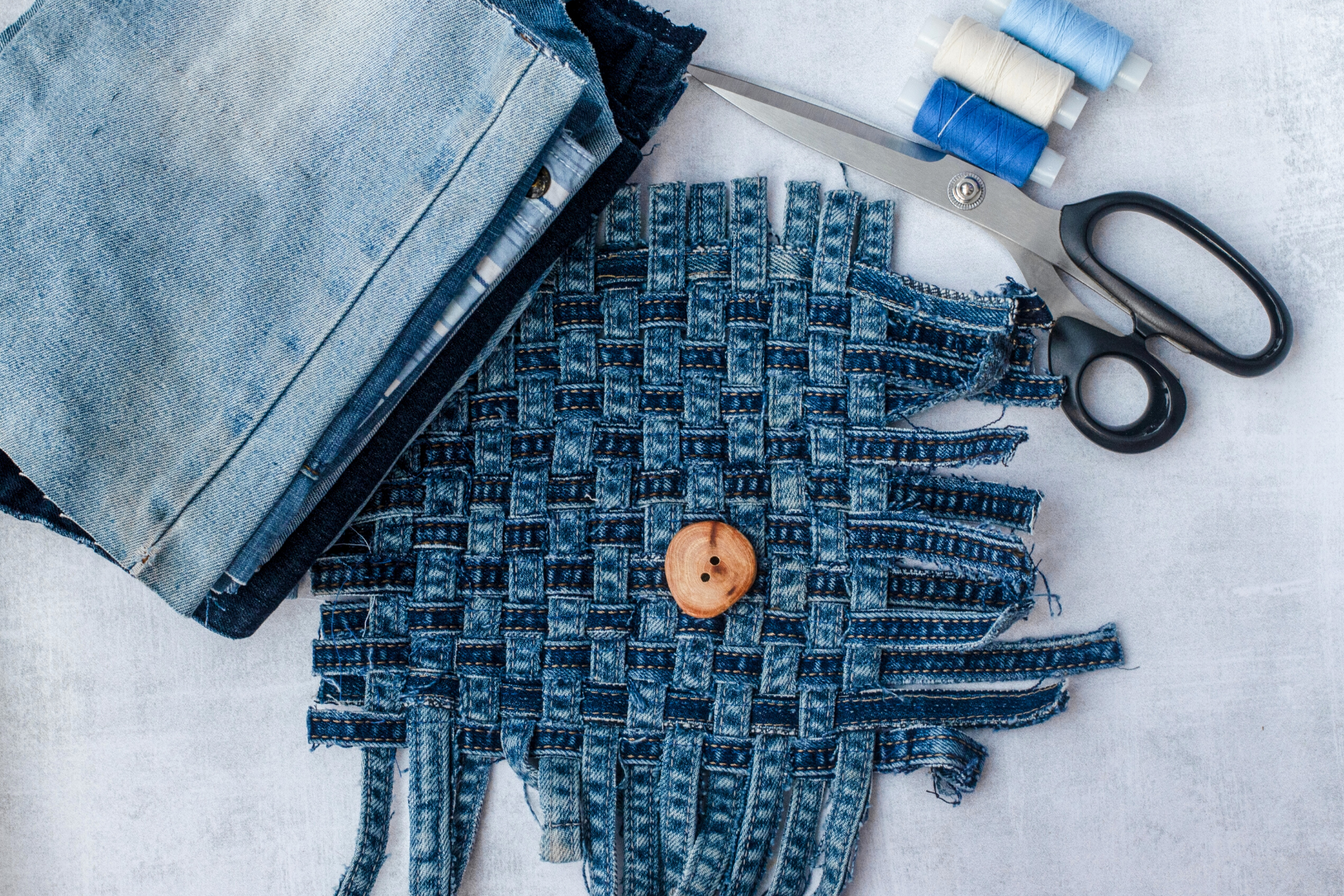
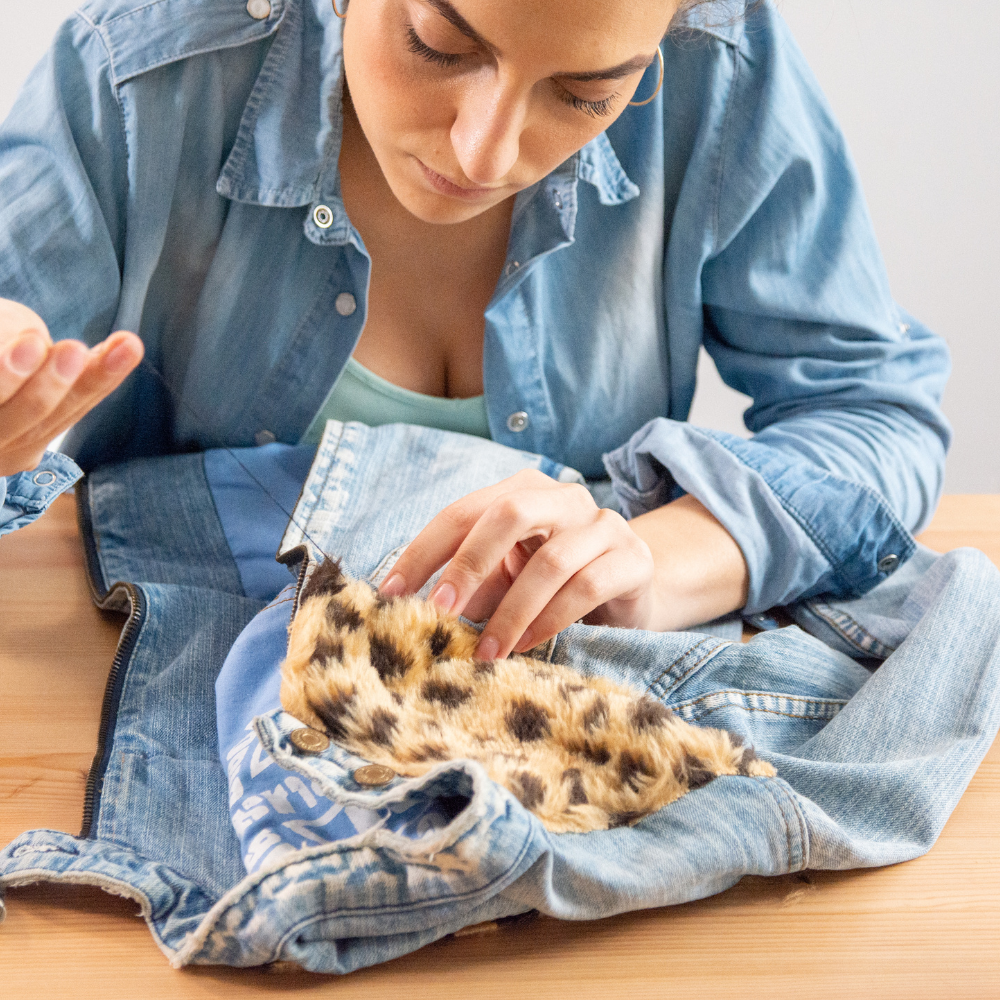
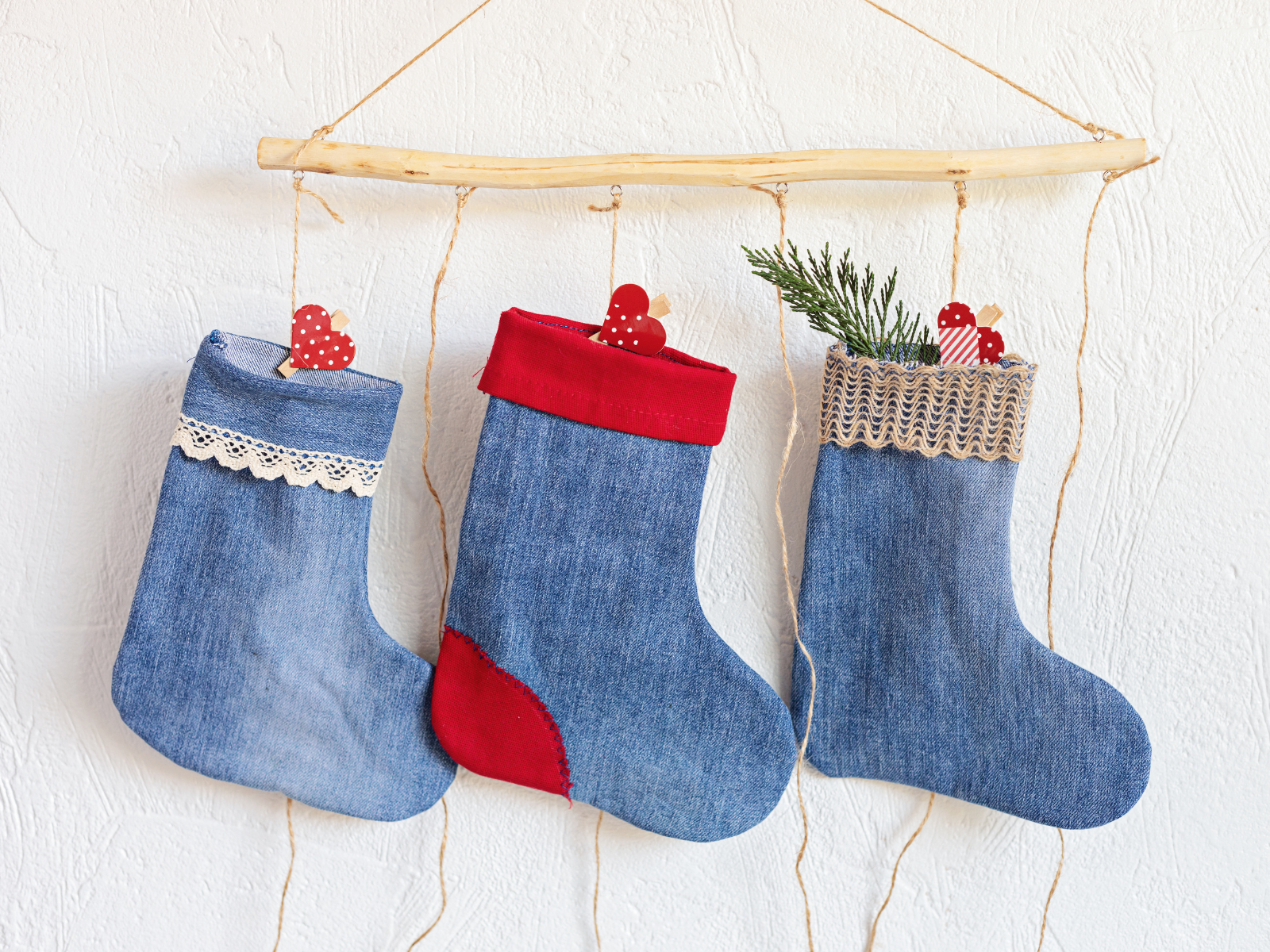
Upcycling in Interior Design
The realm of interior design has warmly embraced the concept of upcycling, with an upcycled collection of home décor items becoming a statement of both style and sustainability.
Designers are increasingly turning to recycled materials to create unique, eco-friendly spaces.
By repurposing old t-shirts into rugs, or transforming discarded wood into elegant furniture, they are crafting one-of-a-kind pieces that tell a story.
This trend not only reduces waste but also adds a layer of personalization and history to our living spaces.
Moreover, the use of reused items in interior design challenges the creativity of designers and homeowners alike.
It's not just about saving items from the landfill; it's about reimagining the potential of everyday objects.
An old ladder becomes a chic bookshelf, and a vintage suitcase is reborn as a quirky coffee table.
These transformations are more than just decorative; they are a testament to the ingenuity and resourcefulness that upcycling promotes, making it a cornerstone of contemporary interior design.
Upcycling in Art and Sculpture
Upcycling has transcended the boundaries of practicality and entered the realm of art and sculpture, where artists use recycled materials to create thought-provoking and visually stunning pieces.
By incorporating items that would otherwise be considered waste, such as plastic bottles or automotive parts, artists are making bold statements about consumption and waste.
Each upcycled collection in the art world is a reflection of the artist's commitment to environmental responsibility and their ability to see the inherent beauty in the discarded.
These artistic endeavors often result in one-of-a-kind sculptures that challenge our perceptions of value and material lifespan.
For instance, an artist might weld old t-shirts into a textured canvas or mold reused metals into an intricate sculpture.
These pieces not only serve as a showcase of creativity but also act as a catalyst for conversation about the importance of recycling and the potential of upcycling.
Through art, the message of sustainability is broadcast in a powerful and resonant way, reaching audiences far beyond the confines of the eco-conscious community.
Innovation in Upcycling
Innovation is at the heart of why upcycling is gaining popularity.
The process of giving new life to old materials requires a high degree of creativity and ingenuity.
Examples of upcycling, such as turning plastic bottles into fabric or old t-shirts into new pieces of clothing, showcase the potential for innovation in transforming waste materials into valuable products.
The food industry is also embracing upcycling, with companies finding ways to turn food waste into new food products for human consumption.
This not only addresses the issue of food insecurity but also presents an opportunity to create new food ingredients that can add value to the culinary world.
Upcycling ideas in the food industry are helping to reduce waste and promote a more sustainable approach to food production.
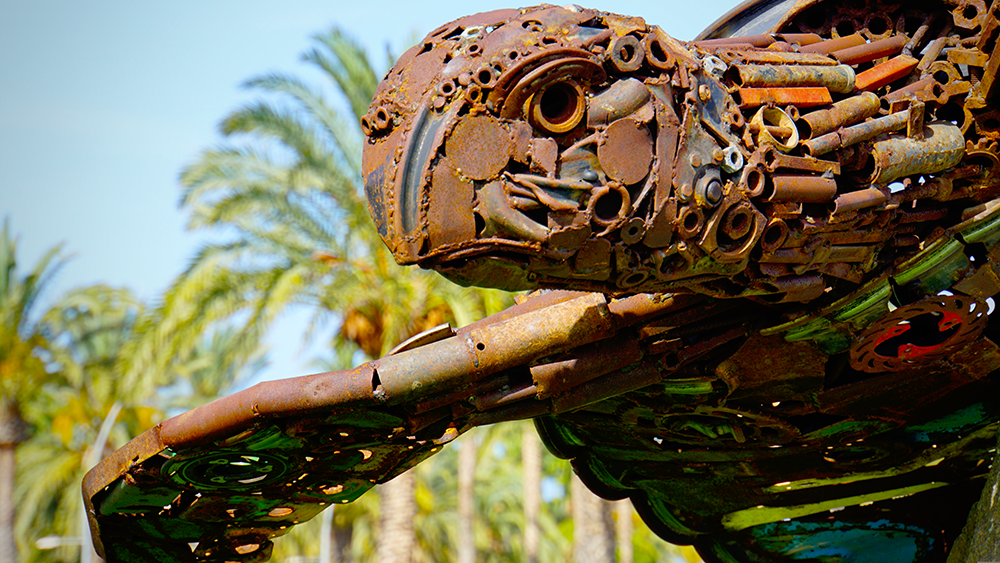

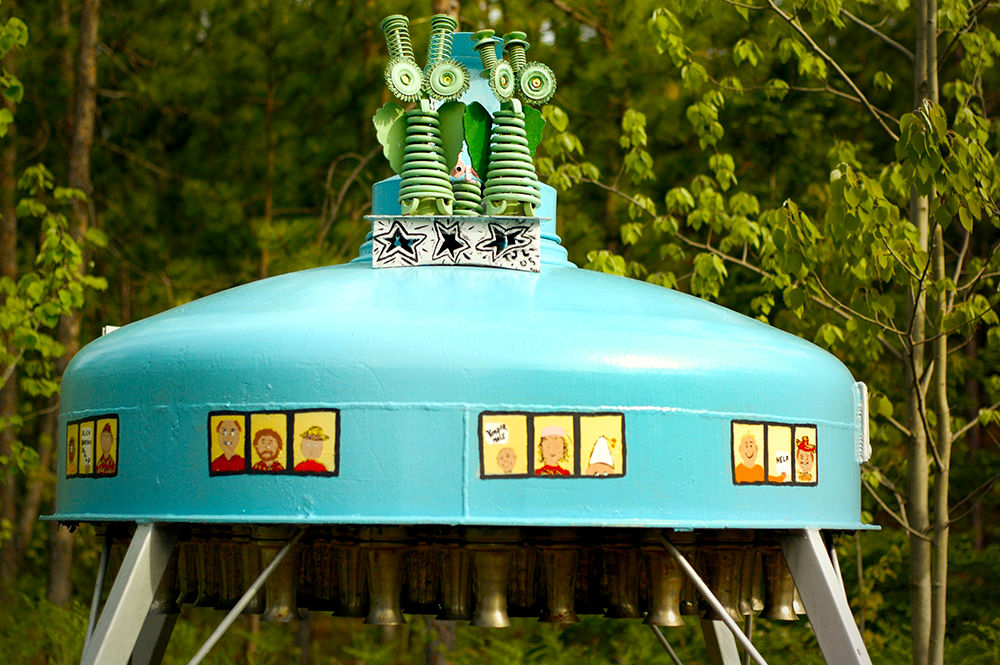
The Role of Technology and Social Media
Technology and social media have played a significant role in the upcycling movement.
Online platforms have made it easier for upcycling enthusiasts to share their ideas and creations, inspiring others to join the cause.
Social media has also allowed for the promotion of upcycled products, reaching a wider audience and driving the popularity of upcycling fashion and other upcycled goods.
Furthermore, advancements in technology have facilitated the upcycling process, making it more efficient and scalable.
From apps that connect consumers with local upcycling workshops to machinery that can repurpose waste materials on a larger scale, technology is enabling the upcycling movement to grow and evolve.
The Future of Upcycling
As the world grapples with the challenges of environmental degradation and resource scarcity, upcycling represents a hopeful path forward.
It's a movement that not only promotes reducing waste and preserving resources but also encourages a shift in mindset towards a more sustainable and thoughtful way of living.
The future of upcycling looks bright, with its principles becoming increasingly integrated into the production process of various industries.
As more companies and consumers embrace upcycling, it will continue to play a crucial role in building a circular economy that benefits both the planet and its inhabitants.
Through small and significant acts of upcycling, we can all contribute to a more sustainable, innovative, and conscious world.
The Power of Upcycling
Upcycling is gaining popularity for a multitude of reasons, from its environmental benefits to its economic advantages and its role in fostering innovation and conscious consumerism.
It is more than just a trend; it's a movement that embodies the values of conscious consumerism and environmental responsibility.
From fashion to food, upcycling has transcended industries, inspiring individuals and businesses to rethink their approach to waste and resources.
The popularity of one-of-a-kind upcycled products is a testament to the growing desire for unique, sustainable alternatives to mass-produced items.
As the world faces an environmental crisis, upcycling offers a path to a more sustainable future, creating jobs, reducing waste, and inspiring a new generation of consumers and creators.
In a future that prioritizes sustainability and resourcefulness, upcycling will continue to be a powerful force in shaping our world, one recycled item at a time.
Whether you're an artist looking to explore your creativity or a budget-savvy decorator, upcycling is a great choice.
The next time you're considering getting rid of that old sofa or shirt, think about upcycling instead; who knows, you may just discover a hidden talent and a whole new love of sustainability.
So, let's embrace the power of upcycling and be a part of this positive change!
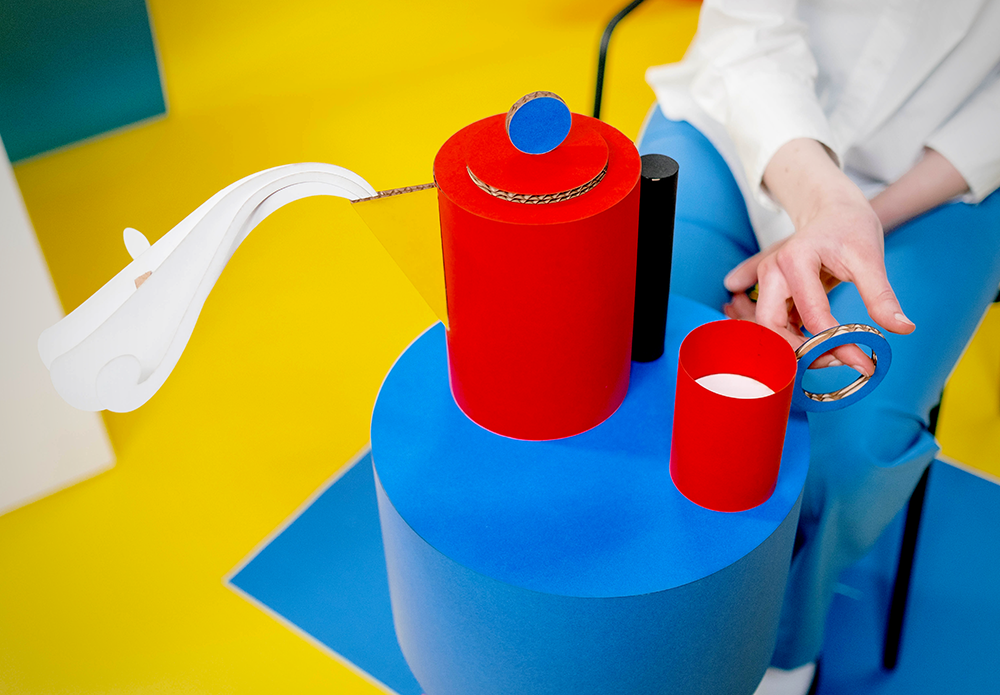


Looking to bring more upcycling into your life? Check out Blossom's video!
Want even more content about creativity and art?
Be sure to check out all of our creative chronicles!
Ready to dive into the world of upcycling and recycled art?
Check out some of our other articles:
-What is the difference between upcycled and repurposed?
-What are the difference between upcycled art and downcycled art?
-What are the disadvantages of upcycling?

